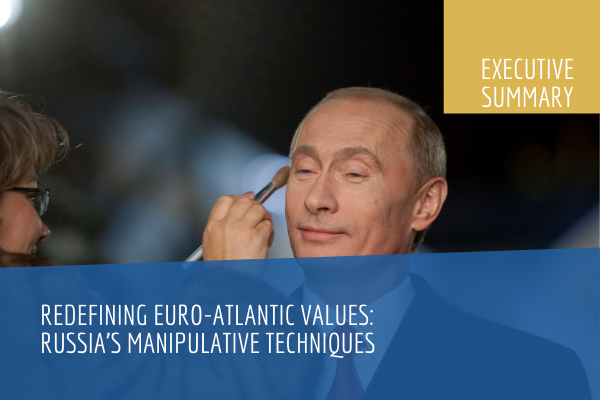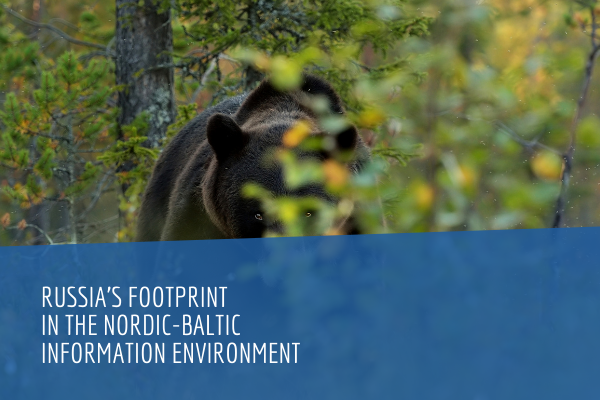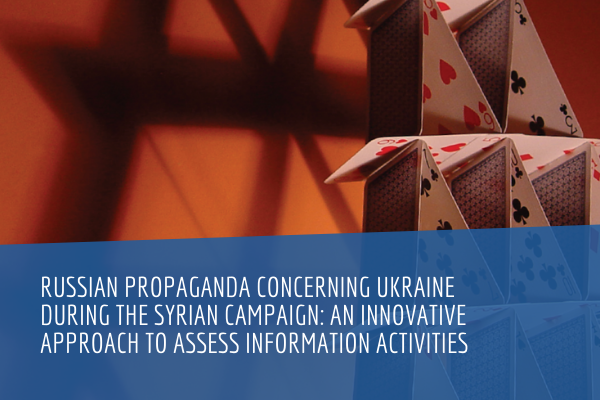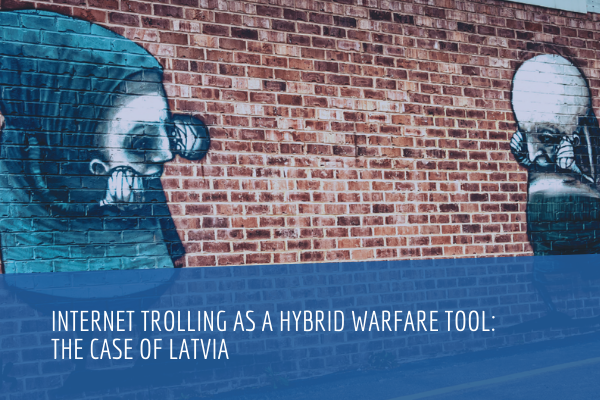The research.
This research has adopted a holistic approach to understanding the media environment of the Western Balkans. Thus, a multi-step analysis has been undertaken to understand the extent of Russian influence in the media of the Western Balkans. The aim is to identify if the same narratives of Sputnik Srbija appear in local media. The study will also map out local outlets which consistently publish such content.
A series of research questions have been posed:
- How often do the same articles, published on the Sputnik Srbija website, appear in local media outlets?
- How often is Sputnik Srbija the source as opposed to the amplifier of the information?
- How sustainable are the narratives?
- Can we find the same narratives when comparing data from 2018 and 2019?
- Do the same narratives appear in the same outlets? Are there media outlets that amplify the content originating from Sputnik Srbija?
The scope
To limit the scope of the study, the gathering of empirical data referred only to BCMS (Bosnian – Croatian – Montenegrin – Serbian) language online media channels6 , which are understood by the populations across the region – in Serbia, BiH, Kosovo, Montenegro and Croatia. The BCMS-media analysis also offered a possibility for identifying crossborder networks of channels publishing the same or similar content. Another reason for narrowing down the analysis is the perceived popularity of Russian content in areas inhabited by ethnic Serbs7 as opposed to North Macedonia and Albania, where pro-Western attitudes are prevalent among the local population. However, the same methodology could be adapted to Macedonian and Albanian languages.
Conclusions
The report proved that Western Balkan media outlets in BCMS languages re-publish the same narratives related to NATO and the EU as the Russian-funded media Sputnik Srbija. It could not, however, prove whether the dissemination of these narratives is orchestrated by the Kremlin and picked-up by local media, or rather that these are preexisting narratives in the WB media space which resonate well with the audience.
During analysis, the extent of Russia’s potential influence network in the WB media space was outlined by identifying WB media that regularly publish stories similar to Sputnik Srbija about EU and NATO topics both in 2018 and 2019. Most of those nonaccidental actors have also been identified to be participating in the spreading of disinformation in the region together with Sputnik Srbija. Thus, this report concludes that Sputnik Srbija has the potential to reach wide audiences in the WB due to language similarities and the fact that local media are re-publishing the same or similar content as this Kremlin-funded outlet.
Sputnik Srbija is present in the WB media space as both an amplifier and a source of information. The patterns identified regarding how information travels in the region could not prove if the EU and NATO-related narratives in question are promoted by Russia through Sputnik Srbija or whether these are pre-existing narratives which Sputnik exploits and amplifies. Particularly notable is the role of Serbian news agency Tanjug as one of the most quoted sources in the region. The study shows that once an article is picked up by Tanjug, it makes its way around different local outlets, spreading the narratives in question.
The analysis also concluded that some narratives as identified on Sputnik Srbija are more likely to be re-published in local media than others. These are often related to the role of the EU and NATO in regional tensions, societal tractions, and other pressing challenges. The exploitation of these narratives can potentially contribute to the polarization of society, leading to decreased trust in the state authorities and the media, and conflicting views on the country’s foreign policy directions. This report shows that the more Sputnik Srbija reports about the topical issues for the region, the better its potential is to reach wider audiences. Subsequently, the better its opportunities for shaping narratives in favour of Russia’s interests.
It is interesting to note that there is no set formula of how local outlets re-publish Sputnik’s original content. The same outlet (for example Montenegrin-based In4s.net) sometimes quotes Sputnik if the content is copied, but other times provides no source. Fringe media generally tend to source the articles to Sputnik, while popular outlets such as B92.net and Srbijadanas.com very rarely quote Sputnik Srbija as their source and instead name Tanjug (even if the content is the same as the one on Sputnik’s platform). Serbian tabloids (Informer, Blic, Kurir) also often publish same or similar content, but again rarely quote Sputnik as their source. Tabloid sites also change the headlines, making them more sensationalist than the original Sputnik Srbija headline.
As there is no consistency in how sources of information are presented in local media, content may become distorted and the source of the information – lost. Thus, the EU and NATO-related narratives, in many cases include disinformation and are wide-spread with little or no way for the audience to track if these are home-grown or Kremlin-driven.
Another reason why Russia has significant potential to influence audiences in the region is the structural vulnerabilities of the Western Balkan media space. While the region is shaken by low quality media laws, controlled media freedom, and struggling newsrooms, Sputnik Srbija provides good quality content for free, feeding a void for information.
Sputnik Srbija’s content resonates well with the population, therefore understanding what local audiences like to read, and in what format or language style the news is presented, should be a priority to present alternative information to that provided by Russian-funded media.






